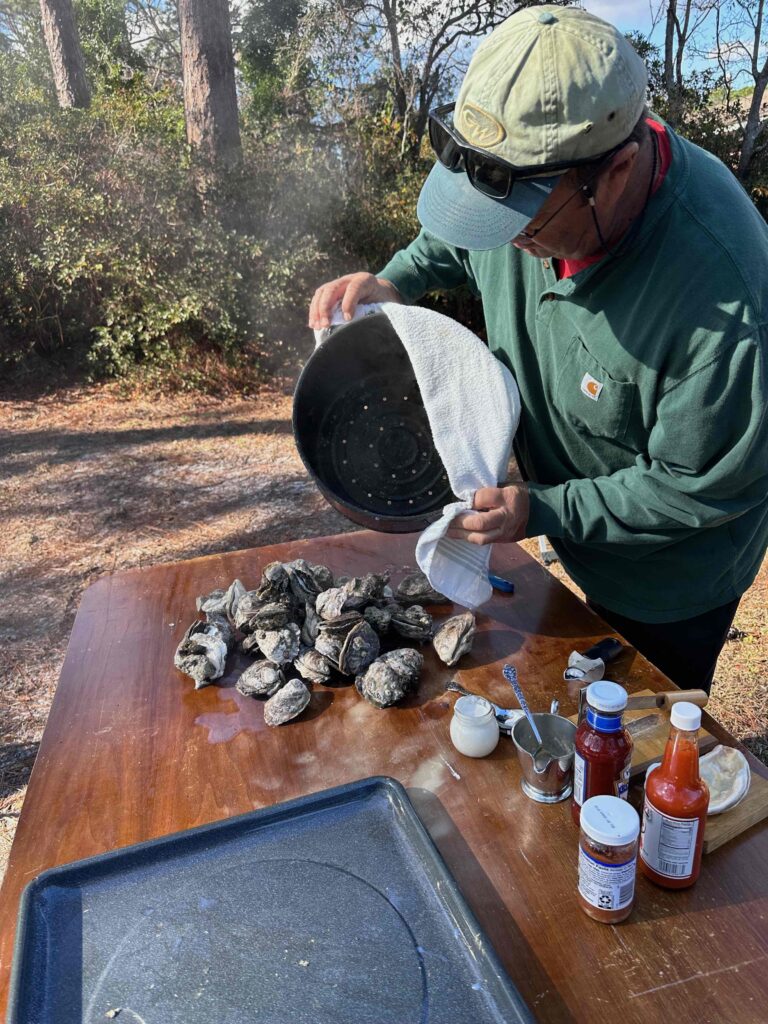
Next week I plan to post my annual 2023 reading update. But before I get to that, let me update some of my recent readings (I have a couple more reviews from 2023 that have nothing to do with theology, which I hope to post later in January).
After Christmas, my daughter and I headed to Wilmington to celebrate my father’s birthday and to see family. As usual, we had oysters for my father’s birthday party. I also got to spend an afternoon and an early morning walking on the beach. On my early morning walk, I took this photo:
And now, to my reviews:

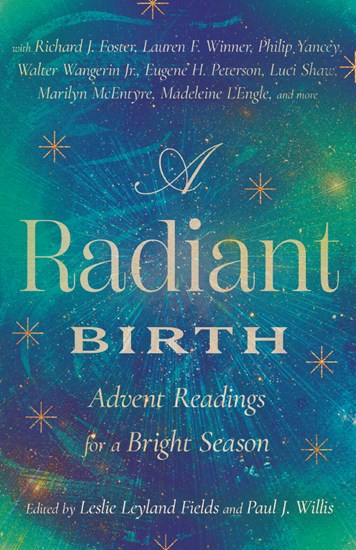
Leslie Leyland Fields and Paul J. Willis, editors, A Radiant Birth: Advent Readings for a Bright Season(Downers Grove, IL: InterVarsity Press, 2023), 211 pages
I generally pick a book to read during the Advent/Christmas Season. A Radiant Birth was this year’s book. I am familiar with both editors from Calvin University’s Festival of Faith and Writing and have developed a friendship with Paul Willis over the years. This is a collection of readings for both Advent and the 12 days of Christmas. The genre varies, from poetry to prose, from scripture to sermon, from modern authors to those in the ancient world. I especially enjoyed John Chrysostom’s “Sermon on the Nativity, which he preached in Antioch in AD 386. Both Fields and Willis have pieces in the collection.
This book is a delight and for anyone looking to make the season more meaningful, I recommend this book.
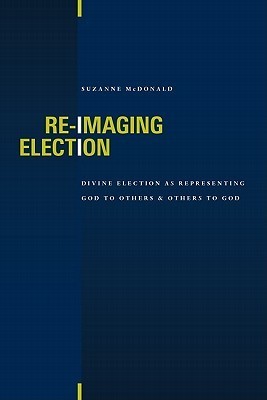
Suzanne McDonald, Re-Imaging Election: Divine Election as Representing God to Others and Others to God (Grand Rapids, MI: Eerdmans, 2010), 213 pages.
I met Suzanne McDonald last March at the Theology Matters Conference in Hilton Head, SC. She gave a dynamic lecture on John Owen’s “Beatific Vision.” Several of us afterwards spoke about how we wish our theology professors had her energy and excitement for her topic. Wanting to get to know more about her thoughts, I picked up this book, which I think must have been taken from her doctoral dissertation. This was the most difficult book I read all year and several parts of this book I had to read multiple times to fully grasp what she was attempting to say. I also kept my smart phone handy while reading so I could look up words. That said, a month after finishing this book, I find myself still thinking deeply about her thesis.
McDonald’s title says it all. God’s elects’ individuals and peoples (such as Israel) for two purposes. Election isn’t just about individual salvation but about participating with God in God’s work in the world. I have often said in sermons that God doesn’t save us just to fill up a hotel room in heaven. We’re saved because God has work for us to do. McDonald essentially says the same thing. Our “election” is for representing God to others (to be God’s agents within the world) and to representing others to God (intercessory prayer is an example). It sounds simple but throw in a hundred or so technical terms and Latin phrases, and you’ll see it’s not so simple.
The book begins with McDonald contrasting the writings on election by John Owen and Karl Barth. Owen, a Puritan, would have a stricter interpretation of election, while Barth’s view is gentler). She plays critical attention to the role Christ and the Spirit plays in each’s understanding of the work within an individual. Next, she explores the meaning of election as seen in both the Old Testament with Israel and the church in the New Testament. While she keeps going back to Owen and Barth, she introduces a host of other voices into the dialogue on election such as Miroslav Volf, N. T. Wright, Lesslie Newbigin, George Hunsinger, and Walter Brueggemann.
If you’re interested in going deep into theology, I recommend this book. And if you read it, let me know. I’d enjoy discussing it.
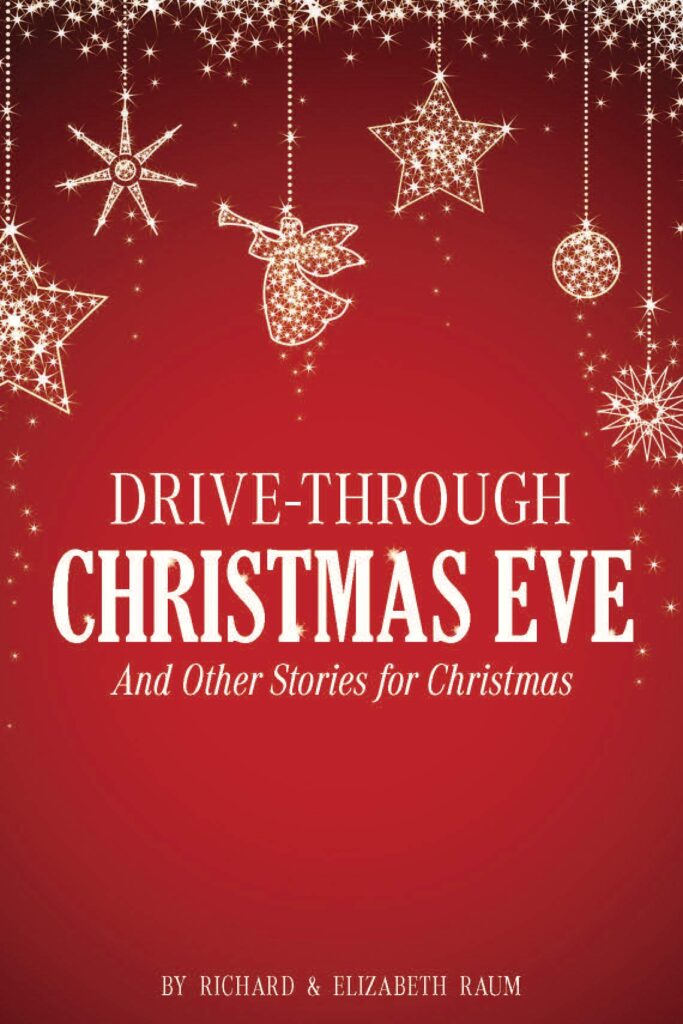
Richard and Elizabeth Raum, Drive-Through Christmas Eve and Other Christmas Stories (Rapid City, SD: CrossLink Publising, 2020), 107 pages
Rick Raum has been a good friend of mine since we meet as Pastors of neighboring churches (25 miles apart) in Lake Michigan Presbytery. We have kept in contact over the years and have often seen each other at the meeting of the General Assembly and Theology Matter’s Conferences. A few years ago, while he had retired from preaching and was working for a Presbyterian College in North Dakota as a fundraiser, he and his wife (who has written many non-fiction books for middle school students), published a delightful collection of Christmas stories which had their genesis in Christmas sermons. This is a short, easily read, book. If you’re looking for new Christmas illustrations, I recommend this book.

Donna Giver-Johnston, Writing for the Ear, Preaching from the Heart (Minneapolis: Fortress Press, 2021), 136 pages.
While I have not met Donna Giver-Johnston in person, we have exchanged emails and have several shared friends. Currently, she is the director of the Doctor of Ministry program at Pittsburgh Theological Seminary. Prior to this position, she served as pastor of Community Presbyterian Church in Ben Avon, where I was a half-time student pastor during my senior year at Pittsburgh. Brent, the pastor of the church at the time, became a mentor and a friend. I wrote about his tragic death in 2006 in the Presbyterian Outlook and at some point, will share that article here. All that just goes to illustrate my draw to Diver-Johnston’s book on preaching.
Sermons cannot be written in one medium, Giver-Johnson insists, and then delivered in another. Speaking and writing are different things. In this book, the author describes her process from being a manuscript preacher to one who preaches without notes. While she still writes a manuscript, she doesn’t use the manuscript in the pulpit. She also doesn’t memorize it. Instead, she preaches shorter sermons as she recalls the themes of her message. I admit that I have not tried her method. Yet, like her I have a set ritual for writing my sermons and for memorizing them.
Giver-Johnston draws on many top teachers of homiletics, biblical scholars, and communication experts. I’ve read most of these and have studied under a few of them: Walter Brueggemann, Diana Butler Bass, Neil Postman, Brian McLaren, Eugene Lowry, Fred Craddock, Alyce McKenzie, Tom Long, Barbara Brown Taylor, N. T. Wright, And Paul Scott Wilson.
While I appreciate learning about her style of preparation, I am still debating whether I will try to give up the manuscript. Not all those Giver-Johnston draws upon preaches without manuscript (Barbara Brown Taylor is an example of a manuscript preacher who, like me, has internalized much of the text so that by Sunday doesn’t read the sermon). The key, I think, to preaching is to have internalized so that you don’t just read what’s on paper and you have freedom to change things if necessary.
I recommend this book to preachers, but it also has something to say to writers and others who depend upon words to convey a message. For those interested in writing for the ear, I would also recommend G. Robert Jacks’, Just Say the Word: Writing for the Ear. I think it’s out of print, but I read this book nearly 30 years ago and it changed the way I prepared and preached. I would also recommend Jana Childers, Performing the Word: Preaching as Theater. Childers draws upon her theater background and introduces “blocking” and other techniques into the preacher repertoire, which helps internalize the message we are bringing to a congregation. I have adopted some of her suggestions which help me internalize the message.
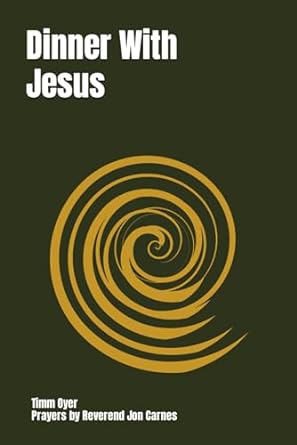
Timm Oyer, Dinner with Jesus (2023), 94 pages.
I met Timm shortly after moving to Hastings, Michigan in January 2004. At the time, he was the pastor of the Nazarene Church. For the next eight years, we remained close. Then he went and retired and moved out of state. But we keep up, often through Timm’s reading of this blog and responding with an email or a comment.
Timm, along with the Reverend Jon Carnes, has published a study guide that looks at the meals Jesus enjoyed and how they might inform our own dining habits. Tim wrote a short insight into each text(s), often drawing on personal experiences around his own table or of others. He concludes each of the 13 lessons with questions to encourage the reader to reflect on how to interpret and utilize the message. Jon wrote a centering prayer for each of the passages. This book could be used in a group study, or an individual could work their way through the lessons, spending time in thought and prayer over each one.
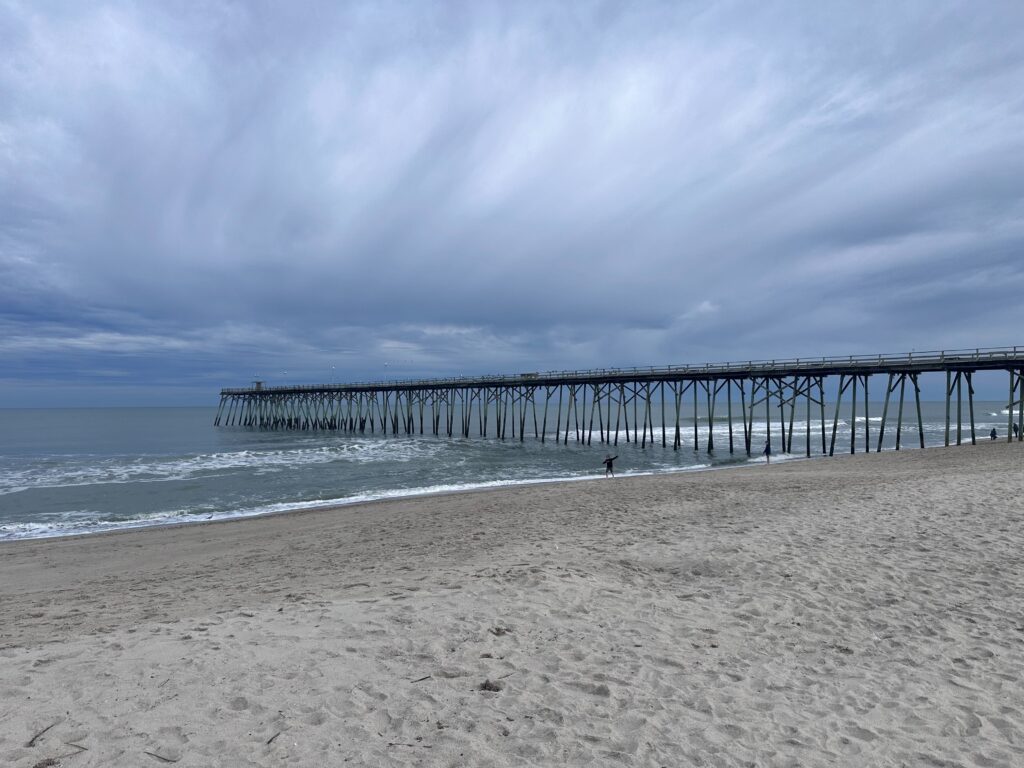

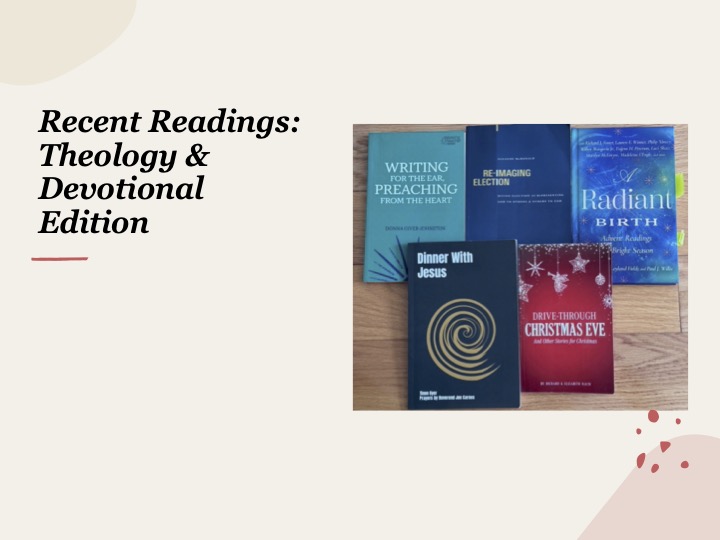
Sage
As you know I look forward to your book Reviews, thanks for reviewing mine! I am continuingly adding thoughts to it.
Have a great new year, you are a cherished long distance friend!!
timm
Regarding your review of imagining election, you write “Election isn’t just about individual salvation but about participating with God in God’s work in the world.” That is almost a Wesleyan view, of which I think is very biblical. Now here’s a question I’ve been wrestling with lately. Is it possible that God elects some for His work in the world without electing them to salvation? Think Judas….. If God is sovereign…..
Thanks, Chris. Scripture speaks of Satan entering Judas. Had Judas truly accepted Jesus? If so, this also raises questions about “once saved, always saved.”
I am not very steeped in Wesleyan thought, but I think the idea of us being saved for a purpose is also a Reformed idea. Bullinger certainly teaches this in the Second Helvetic Confession (Book of Confession 5.055). He draws on Eph. 1:4ff. Even the opening question of the Westminster Catechism could be supported of this position as we are called to “glorify” God which is doing God’s work in the world. Of course, election is ultimately in God’s hand, not ours. There is much we do not know and can only trust.
Jeff – Among your many talents, writing book reviews is a stand out. A+ for finding, reading, and summarizing what many clergy would consider helpful, if not essential. For instance, I am fresh out of ideas for Xmas Eve messages, so, if I were still preaching, I would def read that one. RE the manuscript, you may not need to let it go as some preachers do just fine with it, but if you truly want to speak without a script or notes, maybe do so while giving a talk or bible study. I find that having a list if key points in the order I want to say them is helpful, as well as the opening and closing line. Regardless, I am sure whatever you decide to do will be well received. Have a wonderful 2024!
Yes, Cyndi, Christmas Eve is always hard to make the message “fresh”. I have a number of stock personal stories about Christmas that I have been able to recycle-even with different texts-at the churches I’ve served. There are also a lot of good stories out there, and using devotional literature also provides more sources (Not only A Radiant Faith but Sarah Arthur’s “Light Upon Light” and from Plough “Watch for the Light: Readings for Advent and Christmas”. The Raum’s stories, while fiction, are a good addition to this body of literature. Last year, during Advent, I read Fleming Rutledge’s collection of sermons on the season and have become one of her great fans.
Those oysters look awesome. Glad you had a nice time with family and thanks for the reviews. Happy New Year, Jeff!!
Happy New Year, Matt. Yes, the Oysters are always a good treat!
Sounds like you had a good visit with your family.
I did, I hope you are having a good New Year.
You read circles around me, Jeff! Those oysters looked delicious, and your beach photos are gorgeous. I don’t read a lot of theological and devotional books, but I always enjoy reading your reviews of them. “A Radiant Birth” looks especially appealing.
I did read two books this fall that that dealt with religion. One was by a Swedish philosopher Martin Hägglund, and it was called “This Life: Secular Faith and Spiritual Freedom.” He’s an atheist, and the book was challenging because he wrote about a lot of philosophers and their thinking. I always find rocks easier to understand than philosophers. He did not convert me to being an atheist, and I was grateful when he wrote a section on MLK Jr. whom I felt much more relatable to. I did agree with his premise that our physical life on earth is important and we should make our time here count.
The second book was “God: A Human History by Reza Aslan, a professor of creative writing at UC Riverside (but he is known for his comparative religious studies). This book was fascinating because one of the things Aslan showed is just how far back in human evolution religious expression goes. To me, it seems that humans have turned toward the divine from the beginning, perhaps even the Neanderthals and others did too. I ever realized there was such conflict over whether God is One, Three, or All. There is so much you have to take on faith.
While I was in Santa Fe I saw a gorgeous Presbyterian Church (First Presbyterian Church of SF) ~ thought of you. Have you ever been in Santa Fe? It’s a very spiritual place.
Sorry! I’ve gone on too long! Take care!
I never realized …
No problem about going on for too long.Yes, I have been to Santa Fe. Have you been to Ghost Ranch, which is a Presbyterian Conference Center about an hour NW of Santa Fe? It’s a wonderful part of the country. “God: A Human History” sounds interesting.
I have not been to Ghost Ranch, although my s-i-l and her husband have. We will probably spend a week in Santa Fe later this year, and Ghost Ranch is one place I want to see. And Bandelier. Georgia O’Keefe is a favorite painter of mine, and Ghost Ranch is the subject of many of her paintings. I didn’t know that the conference center was Presbyterian. Cool! I think the area would be a marvelous place for a retreat. I loved seeing its landscapes in “Oppenheimer,” a fabulous mo vie. Have a great week, Jeff!
If you go to Ghost Ranch, you might want to also visit “Monestery of Christ in the Desert along the Champas River, 25 miles or so west of Ghost Ranch. It’s an incredible place and silent. Here’s a piece about it: https://www.onlyinyourstate.com/new-mexico/monastery-hidden-by-chama-river-nm/
🙏🏼
I’m always intrigued by the books you review.
These books are heavy on the “Work” category for me 🙂
Wonderful photos. I prefer my oysters raw but the idea of eating them cooked also makes my mouth water.
Interesting reading you’ve been doing. “God has work for us to do.” It’s an intriguing perspective.
I have eaten plenty of raw oysters, even eating them while harvesting them! With some of the newer diseases going around as our waters warm, I will stick to steamed or smoked oysters. Fried is okay, but you get more oyster taste out when steamed.
My favorite part of this post is the picture of the oysters, but your book reviews, as always, pique my interest as well. I’m thinking I could come up with many more questions than answers in Re-Imaging Election and would smile a lot reading through Drive-Through Christmas Eve.
I’m glad to know that I have plenty of blogging friends who like oysters!
You got my attention with “oysters.” And I’m impressed by all that you do and all that you read and review. Must be those oysters! 🙂
Have a wonderful 2024!
My new address: https://substack.com/@cleemckenzie
Years ago, I used to attend a New Year’s Eve oyster roast, where the guys stayed outside and ate oysters while the women stayed inside and watched movies. But one year, I brought a new date who liked oysters. I caught hell. I wasn’t invited back again because she didn’t want to watch chick-flicks, but wanted to eat oysters and could keep up with all the men in consuming them.
Beautiful photos, Jeff! I’m off to take a closer look at that Advent book. It’s never too early to plan for next year!
I think you’ll like it. It’s not as deep as Fleming Rutledge, but has plenty to ponder